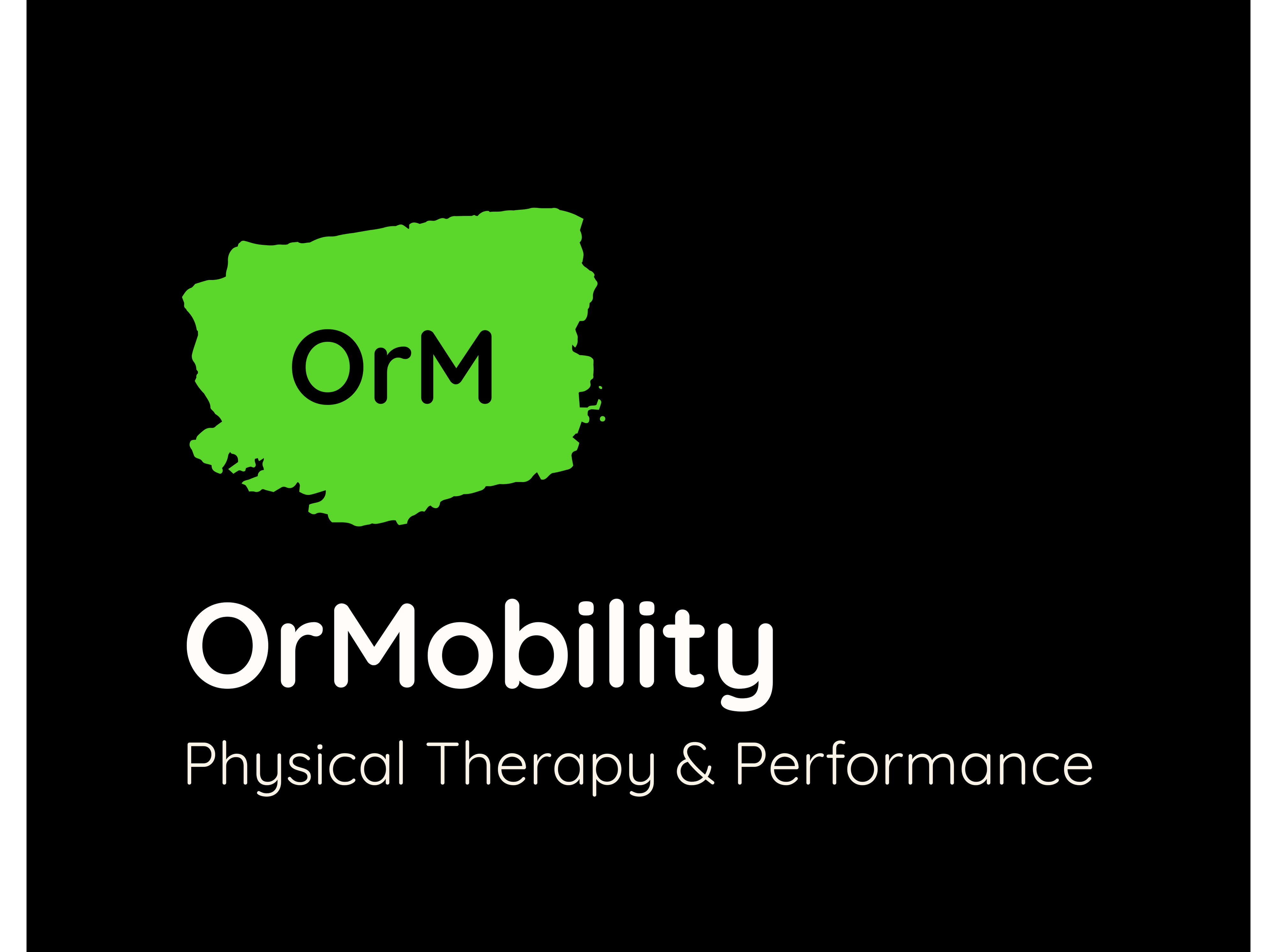A strength training program is a science-backed approach to building lean body mass, enhancing muscle strength, and improving overall health and wellness. Unlike general workout plans, this method focuses on specific movement patterns, including push, pull, squat, lunge, and hip hinge, and uses progressive overload to help you continuously improve. Whether your goal is to increase muscle hypertrophy, raise testosterone levels, or simply build base strength, a well-designed program guided by expert coaching can take your results to the next level. Engaging in strength training not only boosts muscular strength and promotes muscle hypertrophy, but it also offers a wide range of health advantages. These include enhanced physical function, improved cardiometabolic health, and a positive impact on overall well-being. In this comprehensive guide, we’ll dive into the structure of an effective strength training program, the strength training benefits you can expect, and how expert coaching combined with tools like RPE, 1RM percentage, and wave periodization can help you stay consistent and injury-free while maximizing progress.
What is a Personalized Strength Training Program?
A personalized strength training program is built around your goals, physical condition, and training history, and is most effective when supported by individualized fitness coaching that evolves with your progress. It includes tailored exercise selection, personalized volume and tonnage, and consideration for factors like your one rep max (1RM), recovery time, and body composition. A coach uses data like your training maxes, movement quality, and lifestyle habits to build a customized blueprint for success.
Such programs often incorporate variations of well-known systems like Starting Strength, 5/3/1, or the Bullmastiff strength program, depending on your needs and whether you are a novice lifter or an advanced athlete. These systems vary in intensity, from linear progression strength programs for beginners to advanced periodized systems like block periodization, NSuns, or GZCL for experienced lifters. You may use free weights, resistance bands, or resistance machines depending on your level, preferences, and available equipment. The goal is always to improve muscle mass, lean body mass, and proper form, safely and efficiently.
Why Individualized Strength Training is Essential for Optimal Results
No two people train the same — and that’s exactly why a tailored approach delivers superior results. Individualized strength training takes into account your current fitness level, biomechanics, and goals to create a plan that’s as unique as you are. Everyone’s body, goals, and schedule are different. A one-size-fits-all plan can’t account for your unique physiology, goals, or recovery potential. Here’s why personalized programming makes all the difference. Engaging in even small amounts of structured strength training has been shown to offer powerful results. Research suggests that as little as 30 to 60 minutes of strength training per week can lead to a 10% to 20% lower risk of death from all causes — including cancer and heart disease — compared to not strength training at all. This highlights how even a minimal commitment, when guided effectively, can dramatically improve health and longevity.
Achieve Faster Results with Customized Plans
An individualized plan accounts for your current fitness level, training history, and specific objectives. By using RPE (Rate of Perceived Exertion), 1RM percentages, and linear periodization, coaches can fine-tune training intensity and frequency. This precision allows for optimal muscle fiber repair, glycogen replenishment, and steady improvements in strength and endurance. For example, if your primary goal is to improve your deadlift, your coach might introduce specialized plans like Jamal Browner’s 2-day deadlifting program, which targets strength gains through smart volume training and intense training sessions tailored for posterior chain development.
Avoiding Common Pitfalls with Personalized Coaching
Without guidance, you risk poor exercise selection, overtraining, or injury due to neglecting proper form. A coach ensures you’re doing the right movements (e.g., compound movements like squats, deadlifts, and presses), progressing with the correct warmup progression, and deloading when necessary. This helps avoid cognitive impairment, burnout, or muscle imbalances that stem from unsupervised training.
Focus on What Matters Most to You
Do you want to improve body composition? Increase testosterone levels naturally? Or perhaps you’re preparing for a powerlifting peaking program? With individualized attention, you can prioritize what matters most — whether it’s increasing growth hormone release through high-repetition heavy lifting or improving balance with body weight exercises.
Strength and Conditioning Training with a Personal Touch
Strength and conditioning training blends resistance work with cardiovascular conditioning, flexibility, and mobility training. It’s used not only in sports performance but also for general fitness and rehabilitation. The key here is personalization — adapting to your body’s strengths and weaknesses.
Customizing Strength & Conditioning for Your Needs
Whether your goal is fat loss, muscle gain, or improved athletic performance, your coach will blend resistance training with aerobic conditioning, mobility days, and active recovery. For instance, an upper/lower split might be used to balance intense training days with light activity like yoga or recovery walks. A well-designed strength and conditioning program integrates the main muscle groups, including both upper-body strength days and lower-body strength days, with focused training blocks and strategic de-loading phases. It might also use powerbuilding principles, combining hypertrophy and strength for well-rounded development.
Combining Individualized Strength and Conditioning for All Ages and Levels
Whether you’re a teenager starting beginner workout routines, a busy parent looking for a quick dumbbell workout, or a senior trying to maintain lean body mass, a coach can adapt the plan for you. Many programs use HLMP (heavy, light, medium programs) to balance stress and recovery — ensuring you’re always making progress without burnout.
How a Personalized Strength Training Program Can Help You Achieve Your Goals

This section outlines how coaches use initial assessments and goal-setting to build a powerful foundation for your fitness journey. By understanding where you are and where you want to go, your coach can create a highly effective roadmap tailored specifically to your goals. This approach not only increases your chances of success but also helps keep you motivated and injury-free.
Assessing Your Fitness Level: The First Step Toward a Tailored Program
Before starting any strength training program, coaches assess your mobility, movement patterns, training maxes, and physical activity habits. This helps determine the right starting point for progressive overload, especially if you’re following systems like linear progression strength programs or NSCA (National Strength and Conditioning Association) guidelines. A thorough assessment also identifies imbalances or limitations that could lead to injury if left unaddressed. By evaluating both strengths and weaknesses, your coach can implement the most effective strategies for early progress.
Setting Realistic Goals with Your Coach
Goals must be specific and measurable — like hitting a new 1RM, increasing muscle hypertrophy, or improving performance in a push/pull/leg split. Coaches also help you determine whether to train in a calorie surplus for mass, or a deficit for fat loss, while optimizing protein intake, micronutrients, and carbohydrate timing for peak performance. They’ll also adjust your plan based on short-term and long-term goals, ensuring that each phase of training aligns with your overall vision. With regular check-ins, your coach can help you pivot when needed, keeping your progress consistent and focused.
At OrMobility Physical Therapy & Performance, we specialize in helping individuals move better, feel stronger, and perform at their highest potential through personalized, expert-guided care. Whether you’re recovering from an injury, looking to enhance your athletic performance, or starting a strength training program, our team combines clinical expertise with customized movement plans to support long-term success. Our approach emphasizes individualized fitness coaching, ensuring that every session is tailored to your unique needs, goals, and capabilities. Ready to take the first step toward better movement and optimal strength? Speak with a PT today and discover how we can help you unlock your full potential with a program built just for you.
Effective Strength Training Exercises for Beginners, Tailored to You
This is where beginners build their foundation. A well-structured beginner program emphasizes proper form, safety, and the gradual development of strength and confidence with resistance. These early stages are critical for creating lasting habits and reducing the risk of injury as you progress.
Customized Beginner Exercises for Your Fitness Journey
What are some effective strength training exercises for beginners? The foundation typically includes essential movement patterns that train the body efficiently. Exercises like the squat are excellent for developing lower-body strength, core stability, and overall coordination. Push movements, such as push-ups or overhead presses, strengthen the chest, shoulders, and triceps, while pull exercises like rows or assisted pull-ups help build back and biceps strength. The lunge is particularly effective for balance, unilateral leg development, and joint stability, and hip hinge movements like the Romanian deadlift are crucial for engaging the glutes and hamstrings.
For those who may have mobility limitations or are just starting out, coaches often substitute or supplement these movements with tools like resistance bands or resistance machines to ensure a safe and effective progression. Programs such as Starting Strength or a modified linear periodization approach are commonly used with novice lifters to develop base strength and build confidence with free weights and structured routines.
Progressing to Advanced Movements with Your Coach
As your muscle fibers adapt to beginner training and your foundational strength improves, your coach will begin to introduce more advanced compound movements. These include the “big lifts” like barbell squats, deadlifts, and bench presses, which are key for stimulating muscle hypertrophy and increasing training maxes. To ensure continuous progress, more complex training systems such as 5/3/1, NSuns, or GZCL may be implemented. These methods incorporate advanced strategies like wave periodization, block periodization, and maximum-effort training to challenge the body in new ways and keep you progressing toward your goals.
Your Personalized Strength Training Program: What to Expect
A well-designed strength training program includes structured progression, balance between effort and recovery, and continual adaptations based on your development. This ensures long-term success and helps you avoid stagnation or overtraining while building strength, endurance, and lean muscle mass.
How a Strength Training Program is Structured for You
Depending on your goals, schedule, and recovery capacity, your coach may structure your training using various formats. A push/pull/legs split emphasizes frequency and focuses on specific movement patterns throughout the week. An upper/lower split helps balance training volume and intensity, making it ideal for intermediate lifters. Some programs also include a full-body assistance day, which targets muscle fiber development and addresses imbalances with additional accessory work. Regardless of the structure, you can expect a guided warmup progression, strategic rest between sets, and effort tracking tools such as RPE (Rate of Perceived Exertion) and 1RM percentage. Your coach will regularly update the program to support growth, strength, and injury prevention, ensuring steady progress aligned with your goals.
Adapting the Plan as You Grow Stronger
As your body adapts, your coach will implement techniques such as linear progression, wave periodization, or block periodization to ensure you continue to improve. These strategies adjust load, intensity, and frequency based on your performance metrics and recovery time, helping you break through plateaus and maintain steady improvements in muscle mass, strength, and athletic performance. This dynamic approach allows your training to evolve as you do, keeping it both challenging and sustainable.
Nutrition for Your Personalized Strength Training Program
No strength program is complete without a strong nutritional foundation. Nutrition directly influences your ability to recover, build muscle, and perform optimally. Without proper fueling, your training sessions won’t deliver the results you’re aiming for.
Working with Your Coach to Optimize Nutrition
Your coach will work with you to fine-tune your diet based on your goals, training intensity, and recovery needs. Key focus areas include protein intake from nutritious protein sources such as lean meats, eggs, and legumes to support muscle fiber repair and growth. If your goal is to gain size, your coach may guide you into a strategic calorie surplus, emphasizing complex carbohydrates for glycogen replenishment and energy. They’ll also help you include healthy fats and vital micronutrients to support hormonal health and performance. Supplements like creatine may be recommended to improve strength and performance, particularly during phases of heavy lifting and high training volume. This personalized nutrition strategy ensures your body is always primed to support the demands of your training.
Supplements and Nutrition Recommendations Based on Your Progress
Supplementation is never one-size-fits-all. Your coach will assess your training load, recovery needs, and overall dietary habits before suggesting any additional products. Often, creatine, multivitamins, or protein powders are introduced to enhance muscle hypertrophy, support daily nutritional needs, and improve recovery potential. These recommendations are always based on individual progress and performance, ensuring you’re getting exactly what you need — and nothing you don’t — to reach your fitness goals efficiently.
Overcoming Strength Training Challenges with a Coach’s Support
Every fitness journey includes plateaus, setbacks, and moments of doubt — but with the right guidance, these challenges can become turning points. A knowledgeable coach not only helps you navigate these obstacles but also empowers you with the tools and mindset to push through them. Personalized coaching provides structure and accountability, both of which are crucial for staying on track when motivation dips. It transforms setbacks into learning experiences, keeping you moving forward toward your goals.
Staying Consistent with Personalized Coaching
One of the most common challenges in any strength training program is staying consistent over time. Your coach plays a critical role here by continually adapting the program to fit your progress and lifestyle. They might introduce mobility days, rotate exercise selection, or switch up your split with HLMP (Heavy, Light, Medium) models or powerlifting program cycles to keep things fresh and engaging. This not only prevents burnout but also stimulates new adaptations and improvements. In addition, regular check-ins and goal reviews help reinforce accountability and keep your motivation high.
Injury Prevention and Corrective Exercises
Injury prevention is a vital component of long-term success in resistance training. A coach ensures you’re using proper form, prescribing exercise substitutions when necessary and incorporating structured deloading weeks to reduce overuse injuries. They also identify and correct movement imbalances early, often with mobility drills or targeted assistance work. This proactive approach not only minimizes time lost to injury but also improves performance across all compound movements. As your training becomes more advanced, these adjustments are crucial for maintaining longevity and avoiding setbacks.
How Your Coach Supports Your Recovery and Progress

Recovery is just as important as lifting heavy — and it’s often where the real gains happen. Without adequate rest, your body cannot repair muscle fibers, replenish glycogen stores, or regulate important hormones like testosterone and growth hormone. Your coach ensures recovery isn’t left to chance but is strategically planned into your training. They help you listen to your body and adjust training volume or intensity when needed for maximum results.
The Role of Rest and Recovery in Your Personalized Program
A smart program incorporates a wide range of recovery strategies to support your body’s recovery potential. These can include recovery walks, yoga, light activity, and even dedicated mobility days to promote circulation and reduce stiffness. Additionally, scheduled rest between sets and full recovery and rest days are carefully placed to optimize adaptation and reduce fatigue in specific muscle groups. Your coach also monitors signs of overtraining and fatigue, adjusting workloads or introducing de-loading phases when necessary. This balanced approach ensures your body stays strong, energized, and ready to tackle each new training cycle with intensity and focus.
Conclusion
A structured and individualized strength training program is your blueprint for long-term success. With expert coaching, personalized programming, and science-backed strategies like progressive overload, volume training, and smart nutrition, you’re equipped to conquer any fitness goal — from improving body composition to smashing a new 1RM. The journey may have its challenges, but with the right plan and support, progress becomes inevitable. Whether you’re a novice lifter or an experienced athlete, investing in a tailored approach can help you unlock your full potential and enjoy sustainable, life-changing results.
FAQs
What is the 5 strength training?
It typically refers to five essential compound movements: squat, deadlift, bench press, overhead press, and barbell row. These are staples in programs like 5/3/1, GZCL, and Starting Strength.
What is a good workout routine for strength training?
A good routine includes compound lifts, linear progression, and enough recovery. For beginners, beginner workout routines with 3–4 sessions per week using free weights and bodyweight work are ideal.
Is it OK to do strength training every day?
No. Your muscles need recovery time for muscle fiber repair and growth. Most plans follow 3–5 days of training per week with active recovery or mobility days in between.


